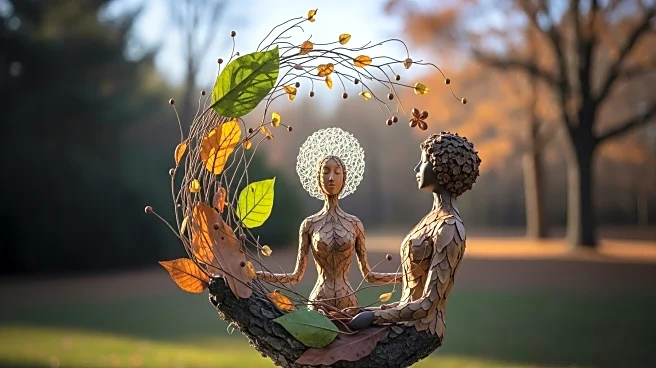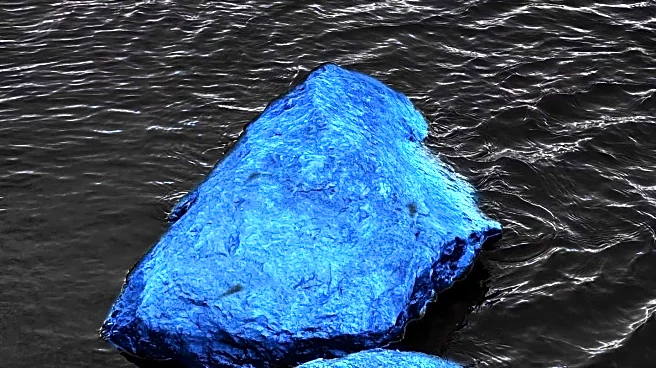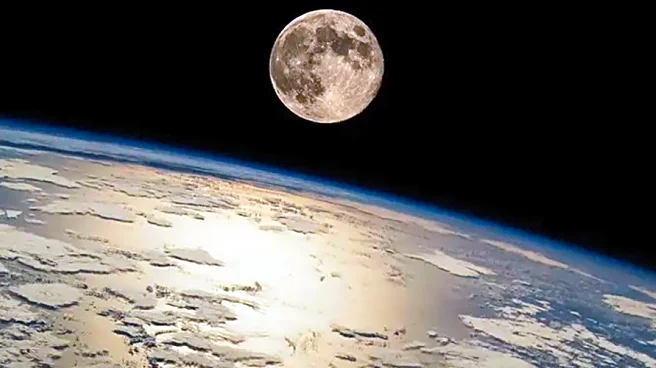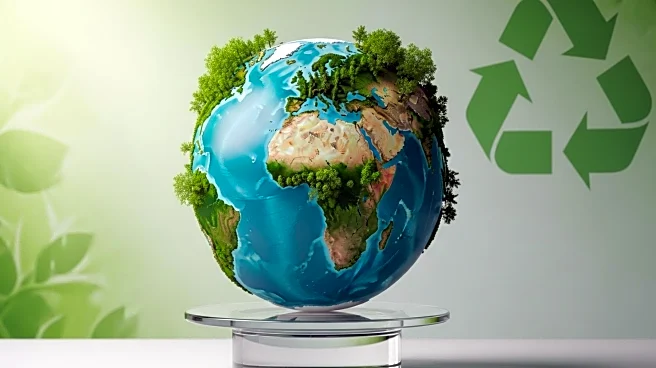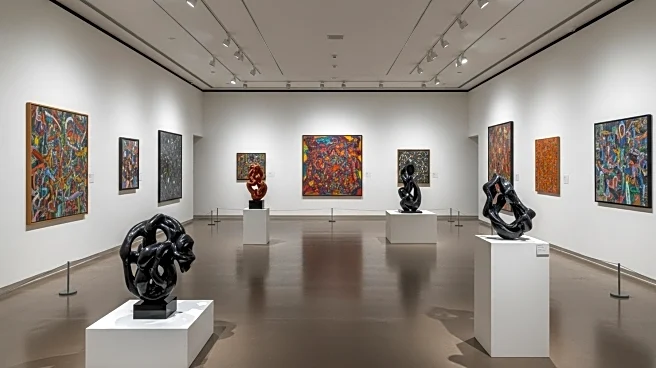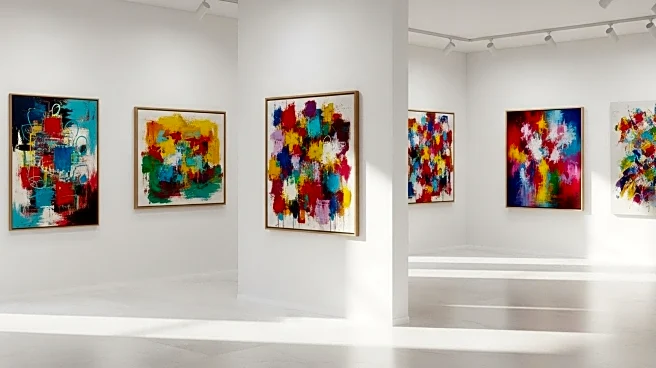What's Happening?
Andy Goldsworthy, a British artist known for his nature-based art, is gaining renewed appreciation for his work amidst the escalating climate and ecological crisis. His recent exhibitions at the National Galleries of Scotland and Jupiter Artland showcase his profound engagement with the natural world. Goldsworthy's art, which includes installations made from natural materials like wool, barbed wire, and oak trees, reflects his unsentimental relationship with the land. His works often highlight the tension and beauty in both urban and rural landscapes, emphasizing the interconnectedness of humans and nature.
Why It's Important?
Goldsworthy's art is significant as it resonates with current environmental concerns, offering a poignant commentary on the human impact on nature. His installations serve as a reminder of the beauty and fragility of the natural world, encouraging viewers to reflect on their relationship with the environment. In a time of climate crisis, his work underscores the importance of sustainable practices and the need to appreciate and protect natural resources. By transcending traditional art boundaries, Goldsworthy's creations foster a deeper understanding of ecological issues and inspire action towards environmental preservation.
What's Next?
Goldsworthy's exhibitions will continue to influence the art world and environmental discourse, potentially leading to more collaborations between artists and environmentalists. As his works are recycled or returned to nature after exhibitions, they may inspire sustainable art practices and encourage other artists to explore themes of ecological conservation. The ongoing climate crisis may further elevate Goldsworthy's relevance, prompting discussions on the role of art in addressing environmental challenges.
Beyond the Headlines
Goldsworthy's art challenges traditional notions of permanence and ownership, as his works often return to the earth or are repurposed. This approach raises questions about the role of art in society and its potential to drive cultural shifts towards sustainability. His installations also highlight ethical considerations regarding land use and the impact of human activities on natural landscapes, encouraging viewers to contemplate their responsibilities towards the environment.
